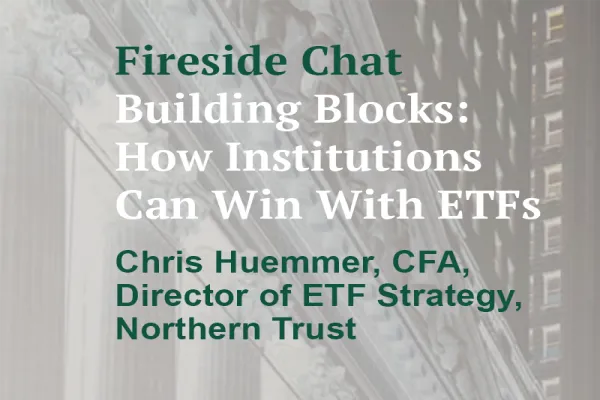Another Tiger Cub is shutting down his fund. James Lyle told investors he will liquidate his three existing Millgate funds over the next two months and return all capital. He said he will spend the summer coming up with a new strategy and hopes to market it in the fall.
The decision came after New York City-based Millgate, which manages a little more than $750 million, posted an impressive 6.35 percent return in April, putting it in the black for the year by 4.68 percent.
However, Millgate lost money in three of the previous four years, including 9 percent last year. His only profitable year in that period was 2008, when the Millgate Master fund was up 18.2 percent.
The announcement comes several months after Tiger Cub Chris Shumway said he would return capital from Shumway Capital Partners.
Lyle founded Millgate in 1997. He previously had been responsible for international equity and emerging market investment at Julian Robertson’s Tiger Management. Before that, he managed equity assets at Fidelity and Morgan Stanley.
According to Millgate documents, the fund tries to exploit a long-term value anomaly using a disciplined investment process and with low correlations to the global equity markets. Investors describe Millgate as a classic bottom-up long-short value investor that seeks investments globally except in the U.S. It is generally fairly concentrated, eschewing trading, derivatives and currencies.
Lyle made money in each of his first nine years, until the recent, rough four-year stretch.
Altogether, Millgate says since inception in December 1997, Millgate Master Fund generated a 10.2 percent annualized gross return with roughly two-thirds the volatility of the MSCI EAFE Index.
So, now Lyle is going back to the drawing board, planning changes to his methodology as well as to his team.
In his letter to investors, Lyle says the changes will be in the way he shorts and more flexibility on the long side. He also says he plans to cap assets at $500 million. Noting the surge in assets into hedge funds, Lyle tells investors he needs to concentrate in areas others aren’t or can’t be.
Lyle says in the letter that in addition to conventional shorts, ETFs and index shorts, he plans to use CDS, CPI swaps, commodities and other instruments. “I expect the correlation of the portfolio to remain low, but it will inevitably increase,” he adds. These new areas will require him to hire new people with specific expertise.
Lyle also says he wants more flexibility to invest in additional areas of the capital structure. He laments missing opportunities regarding Cordiant in 2003; he says had be bought bank debt he would have made money and avoided losses. He also says he would have been better off shorting shipping stocks in 2007 and 2008 had he traded futures on the Baltic freight index.
He also laments that he spent disproportionately too much time researching short opportunities than longs. He plans to concentrate on longs, where he says he has made “a vast majority” of his returns, and hedge with a broader range of instruments. “In doing this, I believe we can more efficiently achieve a combination of high returns and relatively low correlation,” Lyle says.
Now all he needs to do is convince investors, especially those who joined him late and lost money. For those individuals, Lyle pledges to honor the high water mark if they invest in the first six months of the new fund’s life.






